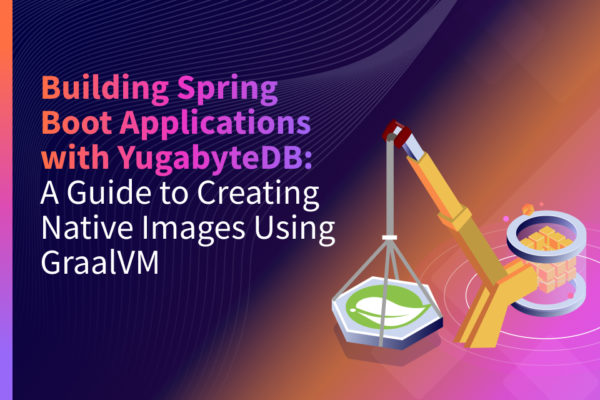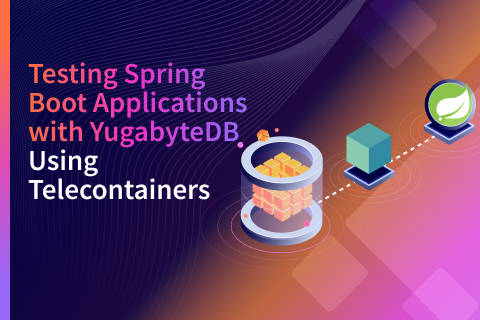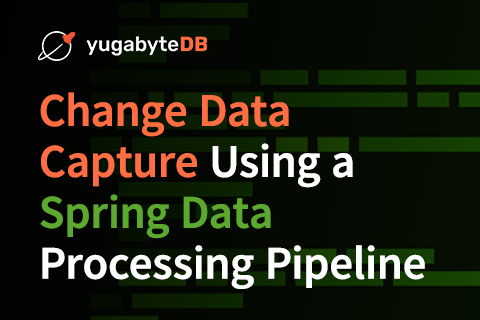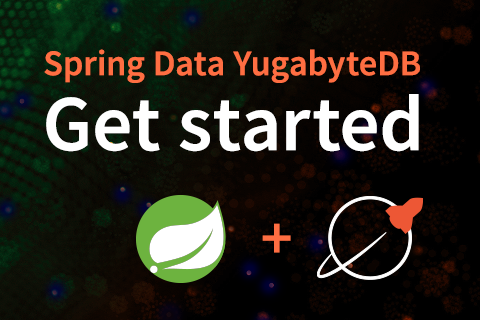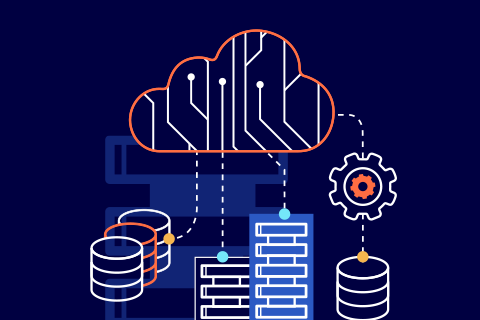Designing a Retry Mechanism for Resilient Spring Boot Applications
Building a resilient application requires readiness for unexpected database issues, such as temporary network glitches or brief database unavailability, ensuring they don’t affect functionality. In this blog, I’ll demonstrate setting up a solid retry mechanism and manage transactions effectively in a Spring Boot application using YugabyteDB.

